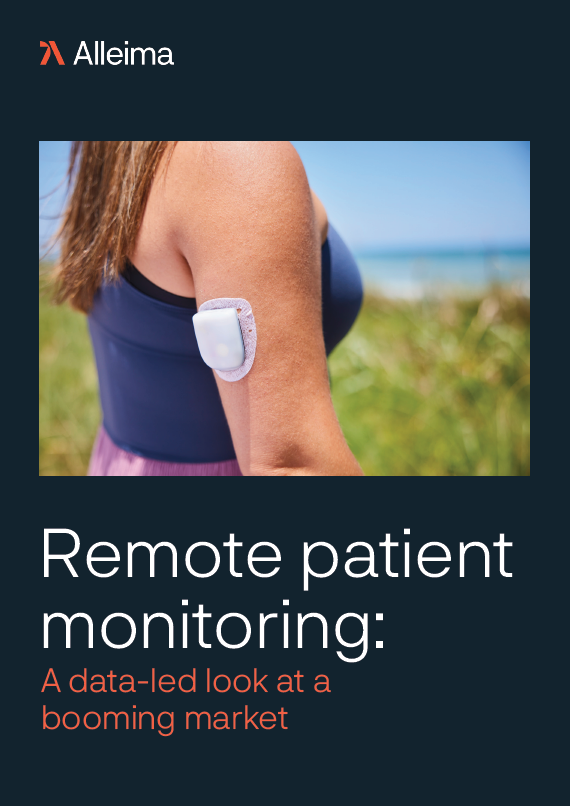
The human wrist has been home to many technological innovations starting from the first time-keeping apparatuses to potential glucose monitors that can non-invasively measure blood sugar via pulsating microwaves. But now, it seems in-ear devices are the new wearables in town.
Despite tech giants such as Apple seeking to add US Food and Drug Administration (FDA)-cleared monitoring features to its watches, some medtech companies are shifting their focus to sensors placed in the ear to gain a window into health parameters. According to biometric tech company Valencell, the signals in the ear are much clearer than those from the wrist.
How well do you really know your competitors?
Access the most comprehensive Company Profiles on the market, powered by GlobalData. Save hours of research. Gain competitive edge.

Thank you!
Your download email will arrive shortly
Not ready to buy yet? Download a free sample
We are confident about the unique quality of our Company Profiles. However, we want you to make the most beneficial decision for your business, so we offer a free sample that you can download by submitting the below form
By GlobalDataThis week’s launch of STAT’s in-ear device, which can measure blood flow and predict if a person is about to faint, generated a fair share of excitement in the industry. It can help individuals ranging with conditions from headaches to chronic fatigue syndrome and, although it has been clinically tested, the device is classed as a general wellness product, so it is not FDA-approved.
STAT said, however, that it will use the technology as a foundation to build medically focused devices in the future.
It is a future that looks bright for wearable in-ear devices. Termed ‘hearables’, this collective name includes devices used to listen to audio, make phone calls, and, an ever-more increasing use, to monitor health and activity. Hearables represent the largest segment of wearable tech. A report by GlobalData predicts the hearables market to be worth a staggering $146bn by 2030.
UK startup EarSwitch has developed an in-ear sensor that can measure temperature, heart rate, pulse, blood oxygen levels, and blood pressure. The company, which won a UKRI Healthy Ageing Challenge Grant in May, is aiming to incorporate its technology into hearing aids. Hearing aids themselves are becoming more accessible as technology improves – over-the-counter versions are now just as effective as prescription counterparts.
“Part of the increasing popularity of hearables is the hearing aid aspect – more options for those who need hearing aids is always a good thing. However, like other wearables, a key driver is the health and fitness capabilities that hearables now have such as heart rate monitors and blood oxygen saturation,” GlobalData medical analyst Alexandra Murdoch told Medical Device Network.
Most monitoring devices nowadays come with an associated mobile app. For many devices lacking a user interface, apps are an integral part of usability, along with the usual roles of data storage and insights. Connectivity might therefore be a market constraint for in-ear devices, as Murdoch explained.
“With many kinds of wearable tech like smartwatches, another device is often needed, such as a mobile – used to access internet and view data for example. But because watches have a screen, a lot of capabilities are still available without that connectivity, such as checking heart rates,” Murdoch added.
“For hearables that don’t have any connectivity without a mobile device, their capabilities could be severely restricted if a mobile device isn’t in range.”




